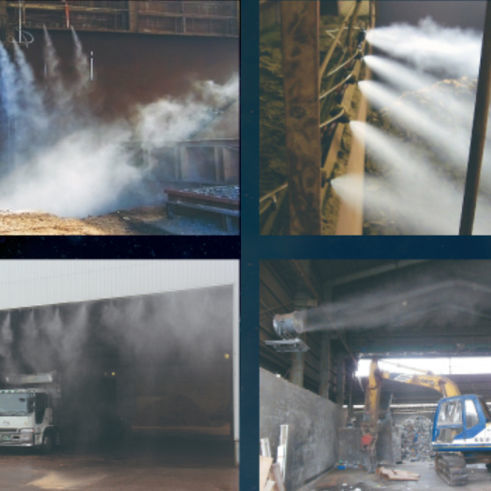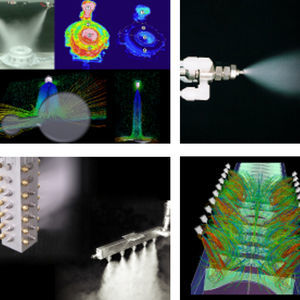
Dust suppression mist system




Add to favorites
Compare this product
Characteristics
- Applications
- for dust suppression
Description
Misting for dust control by accurate spraying and control.
Suppressing the dispersion of suspended dust is crucial for effective dust control, and one method to achieve this is by promoting sedimentation. Dry-fog technology offers an energy-saving and low-risk approach to combat dust. However, controlling the particle size and spray volume is essential when using fog to mitigate dust, considering the specific type of dust involved. To address these requirements, a spray system is proposed that combines durability, accurate spraying, and good maintainability.
The principle behind dust suppression involves the diffusion of mist from spray nozzles, which collides with and adheres to the airborne dust particles. This process increases the weight of the particles, causing them to settle gradually to the ground.
The particle size of the mist plays a vital role in effective dust suppression. Coarse mist fails to adhere to dust particles, rendering the suppression efforts ineffective. However, by utilizing pneumatic nozzles, it is possible to generate a fine mist ranging from 20 to 50μm, enhancing the effectiveness of dust control.
Promoting sedimentation and controlling the particle size and spray volume are essential in suppressing suspended dust. The use of dry-fog technology offers energy-saving and low-risk dust control. A well-designed spray system that combines durability, accurate spraying, and maintainability is proposed.
VIDEO
Catalogs
No catalogs are available for this product.
See all of Ikeuchi Europe‘s catalogsExhibitions
Meet this supplier at the following exhibition(s):

*Prices are pre-tax. They exclude delivery charges and customs duties and do not include additional charges for installation or activation options. Prices are indicative only and may vary by country, with changes to the cost of raw materials and exchange rates.





